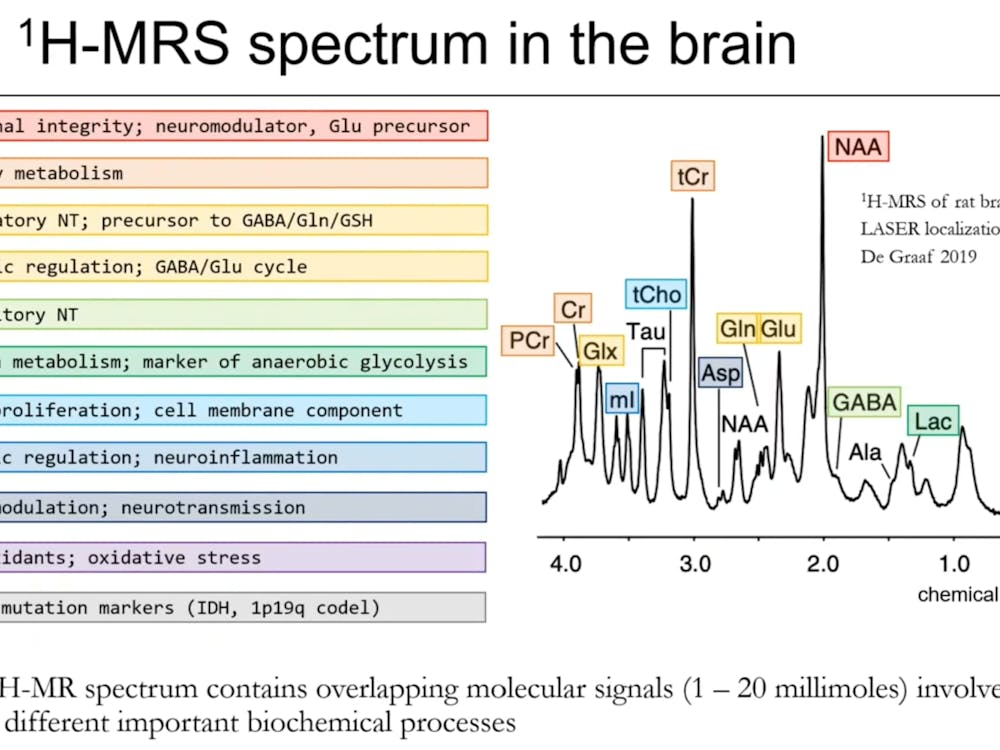Where did we come from? How come we, as humans, seem so different as compared to others in the animal kingdom.
Paleoanthropologists are constantly debating and revising estimations regarding the evolution of the human species. It is widely believed, that as time passed, there was a blending and elimination of human species until only the first single species of human, Homo erectus, remained. It is commonly thought that there was still a massive diversity within the human species two million years ago.
However, a recent finding refutes this popular view. In Dmanisi, Georgia, a team of paleoanthropologists discovered a fossil of the human species from two million years ago.
The fossil is an important find to paleoanthropology as it is the one of the most complete fossils from an early period of human history. Furthermore, the fossil possesses a certain combination of traits that intrigues the scientific world. Especially striking is the physical aspect of the skull. The skull possesses a large face that is directly in contrast with a small brain.
The endocranial volume (ECV) of the skull is around 550 cm3. This brain volume is extremely small compared to the ECV of modern humans which is around 1,000-1,900 cm3, twice that of the Dmanisi fossil. The difference is interesting since there are several researchers that point to the possibility that the ECV can be used as a measure of intelligence.
In contrast to the small brain, the face of the skull is one of the largest among the samples from early human history. The glabella of the skull—the region above the nose and between the eyebrows—is one of the most prominent. Furthermore, the face is substantially wider than some of the samples. When compared to the other samples, the uniqueness of the recent finding stands in sharp contrast. The face of the skull is larger and more primitive than the other four samples. In addition, the endocranial volume of the fifth skull is drastically lower than the volume of the other skulls, the lowest of which is 600 cm3.
While the skull remains the most interesting among researchers, other fragments of the fossil also provide critical details regarding the physical appearances of early humans. By using fragments that are probably associated with the skull, the researchers extrapolated the height and weight of early humans. The data suggests that while brain capacity is significantly lower than that of modern humans, the stature of the two is surprisingly similar.
However, the findings from a single skull cannot be extrapolated to an entire population. Since the skull comes from an individual and each individual exhibits different physical traits, the features of the skull cannot be representative of a group. Interestingly, the paleoanthropologists also discovered four other skulls within the Dmanisi area. The other skulls that are being analyzed by the team at Dmanisi are incomplete. The skulls are either in fragments or missing significant pieces. Therefore, only certain distinct features can be recognized.
Furthermore, the large contrast between the features prompted several researchers to determine that these skull fragments belong to different families of humanoids. This recent finding of such a well-preserved skull in Dmanisi unites the distinctive features found on different skulls. The complete skull portrays a model that the different skull fragments belong to one species rather than multiple species.




